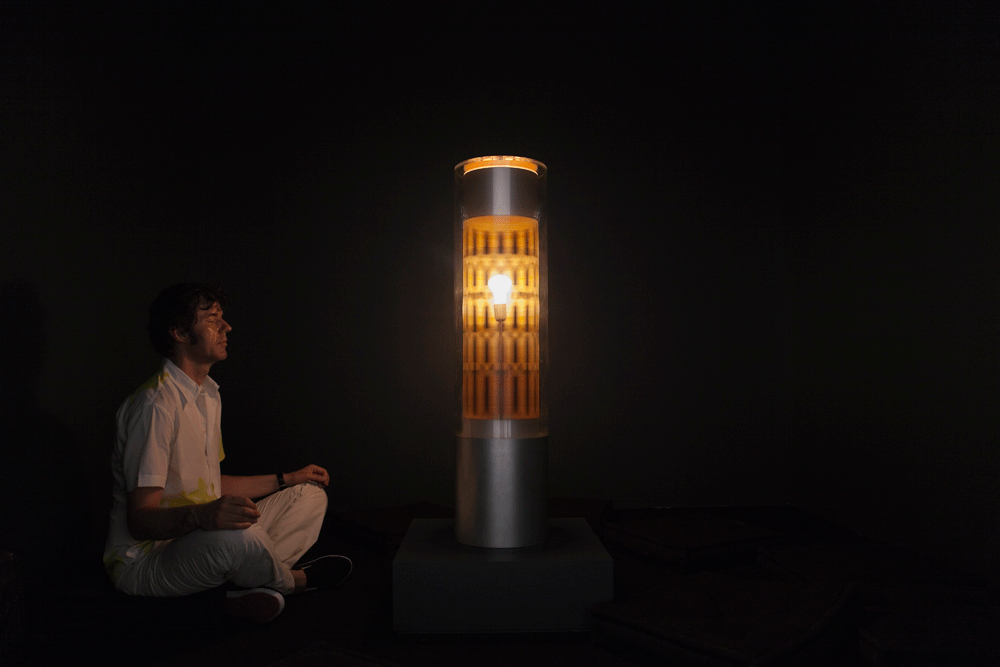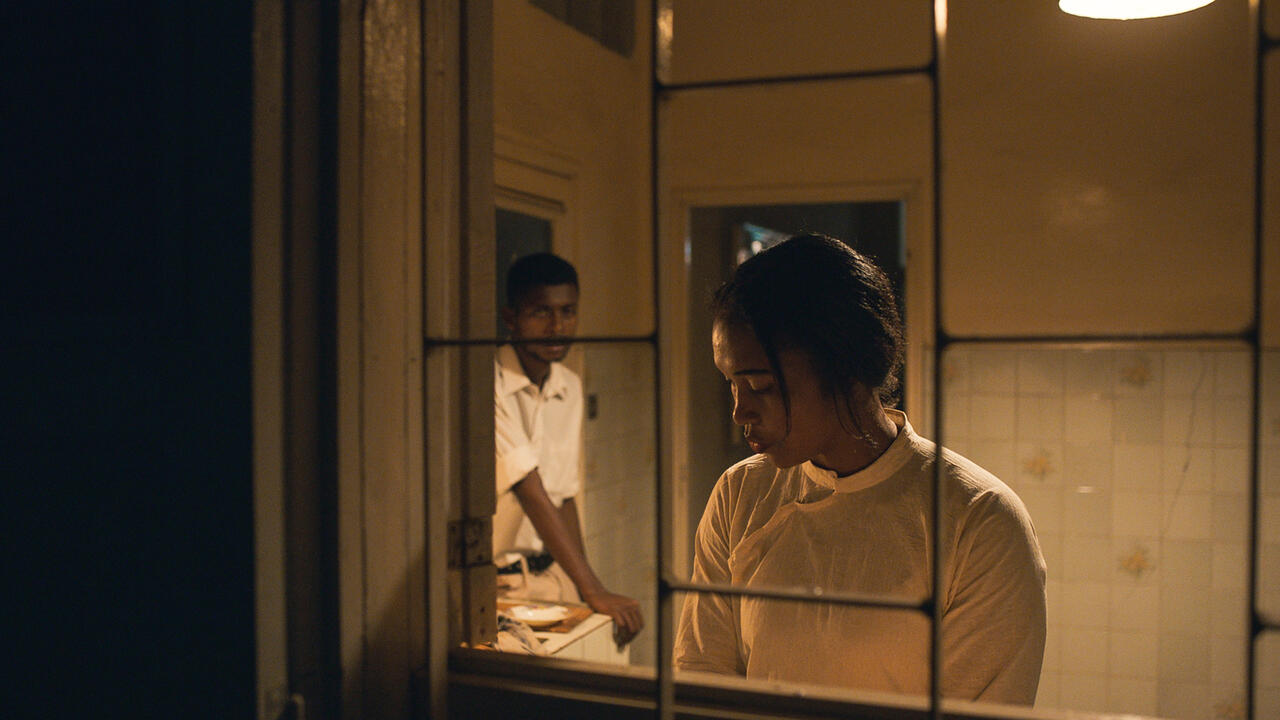Brion Gysin
New Museum, New York, USA
New Museum, New York, USA

In 1935, 19-year-old Brion Gysin looked set to be recognized as a major artist. Invited to contribute to a group show of Surrealist drawings in Paris, his work was to be exhibited alongside that of Max Ernst, Salvador Dalí, René Magritte and Pablo Picasso. But on the afternoon of the opening he arrived at the Galerie Aux Quatres Chemins to find the poet Paul Éluard removing his pictures. Éluard was acting on the orders of André Breton, who objected to Gysin’s homosexuality, and had perceived a satirical resemblance to himself in an image of a calf’s head on a poster the young painter had pasted on a wall on the Rue Fontaine. Gysin’s chance was cruelly snatched away and, for the rest of his life, he harboured the lingering sense that he’d botched his career. On the strength of the New Museum’s retrospective, ‘Dream Machine’, curated by Laura Hoptman, it’s clear that Gysin’s contribution to the 20th-century avant-garde has indeed been undervalued. His output is wildly uneven and spread across painting, drawing, film, sound poetry, fiction and performance. Despite this, he emerges as a substantial figure, not merely a satellite of William Burroughs and the other denizens of the Beat Hotel.
Gysin’s early involvement with Surrealism was noted in the exhibition, then passed over to concentrate on his great creative period of the 1950s and ’60s, after he accepted his friend Paul Bowles’ invitation to stay in Tangier. In Morocco he encountered the rigorous, mathematical abstractions of Islamic art, developing a kind of proto-calligraphy, tessellating sheets of paper with marks that appear to exist somewhere just short of language. Often these drawings become palimpsests, running vertically as well as horizontally, in a manner suggestive of Japanese as well as Arabic writing. This work isn’t merely decorative or Orientalist: Gysin connected the notion of a grid to Kabbalistic magic, and other forms of the storage and representation of knowledge, notably the punch-card arrays of early computers. In the films Towers Open Fire and The Cut-Ups (both 1963), made in collaboration with Burroughs and Anthony Balch, the Modernist grids of shop shutters and International Style façades are montaged with the pixellated white noise of television screens and the stroboscopic patterns of the definitive Gysinian artefact, the Dreamachine (1961), a trance-inducing device constructed from a light source housed in a perforated cylinder rotating on a turntable.
A reconstructed Dreamachine formed the literal and metaphorical centrepiece of the New Museum show, placed in a kind of black box shrine, strewn with cushions. As audio accompaniment, the visitor was offered iPods with a choice of Throbbing Gristle or the Master Musicians of Joujouka, whom Gysin ‘discovered’, taking Brian Jones to the Rif mountains for the famous 1968 field recordings. The Dreamachine is experienced with closed eyes at a distance of a few inches. It produces intense flickering patterns, which have a grid-like or pixellated appearance, and are particularly vivid when under the influence of hallucinogens. Gysin’s interest in trance, and his concentration on the unmediated production of sensory effects almost guaranteed his marginalization by a western art world that has historically promoted an abstracted, Apollonian visual culture over the Dionysian derangement of the senses.
Gysin’s grids, eventually produced on a large scale using a modified paint-roller, gave way to the famous cut-ups, which were essentially an extension of the aleatory writing techniques of Dada and Surrealism. The Third Mind (1965), his major collaboration with Burroughs, was a long cut-up text, incorporating elements of collage. Burroughs believed that cut-up had subversive potential as a kind of psychic reprogramming, though Gysin appears to have been less certain, retreating in later life to his beloved hallucinatory symbolic arrays, now delivered in the form of collage and photo-montage.
























